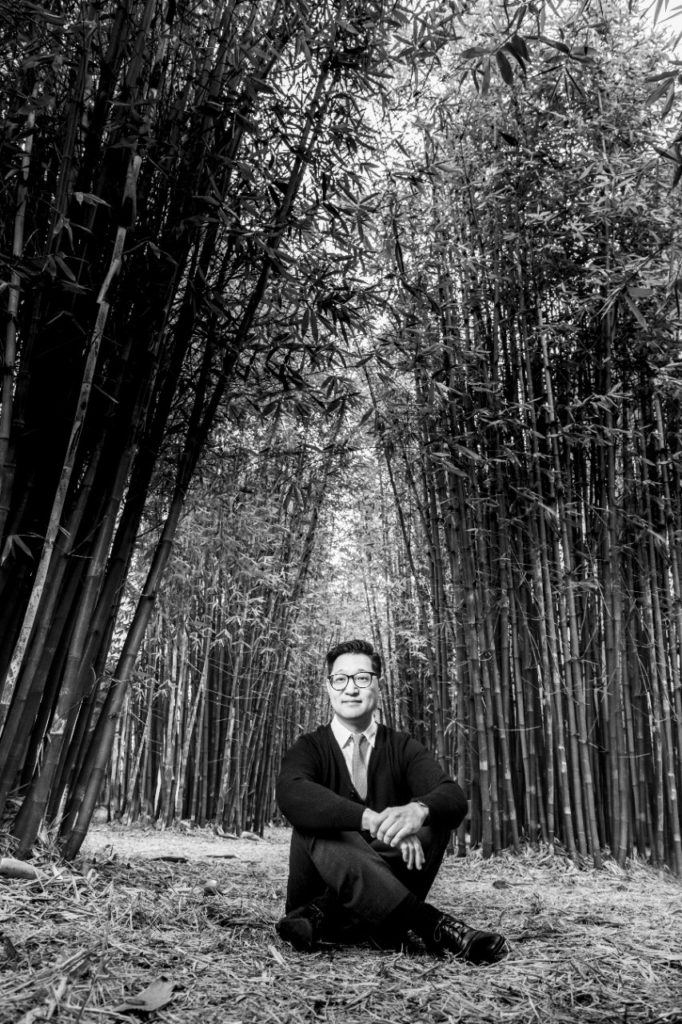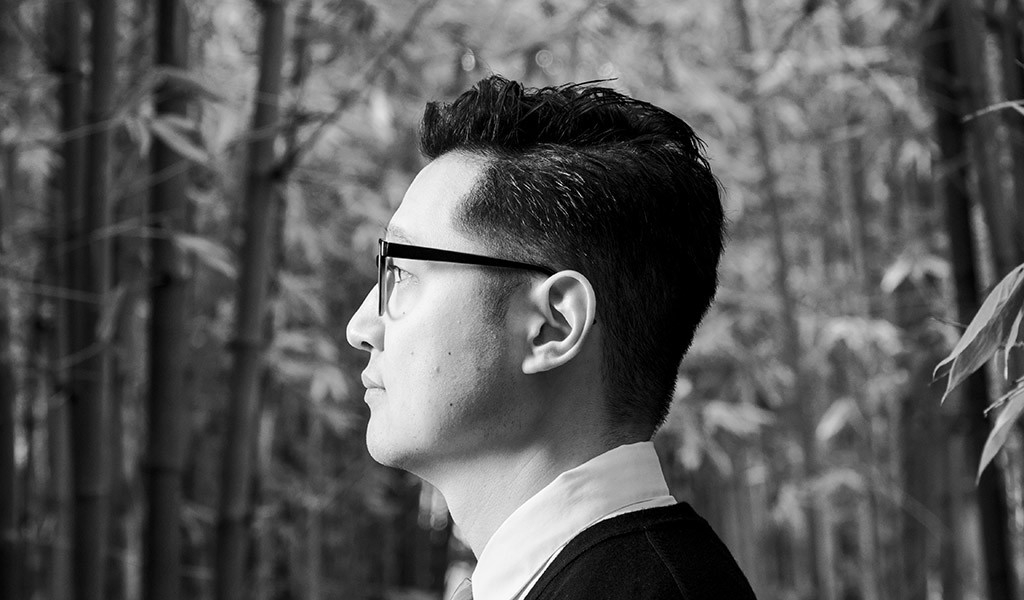Getting real
Medical residents experience global health needs firsthand

In many parts of the world, rheumatic heart disease is part of history. “It’s the scarlet fever you read about in a Jane Austen novel,” said Stanford cardiology fellow Andrew Chang, MD. Globally, however, the disease still affects more than 30 million people, causing a quarter of all cases of heart failure.
Often, it begins as an undiagnosed case of strep throat. Without a course of antibiotics, the infection can become rheumatic fever and damage heart valves until the heart can no longer pump effectively.
Chang traveled to Rwanda as a resident in Stanford’s global health track within the Department of Medicine. While there, he witnessed the punishing impact of the preventable disease. “It really shook me,” he said.
That, in some ways, was the point. Michele Barry, MD, Stanford’s senior associate dean for global health, created the track to give medical residents an understanding of overarching issues and the individual contributions they could make worldwide.
Residents spend up to 18 weeks working with patients in clinics and conducting research either overseas, on an American Indian reservation or both. Global health faculty help residents identify their goals and acquire specific skills needed to achieve them.
Barry encouraged Chang to go to sub-Saharan Africa to work with Gene Bukhman, MD, PhD, the global cardiology director for Partners in Health, a nonprofit organization that works to improve health in impoverished communities.
“Practicing medicine overseas makes you realize that, in many ways, people are all the same. It’s the same base emotions. Fear, regret, anger, sadness — these things are universal. When someone starts crying, you hold their hand.”
In Rwanda, Chang discussed difficult cases and research challenges with Bukhman. Most days, he cared for patients at the Centre Hospitalier de Kigali. During rounds and afterward, with no offices or team rooms to duck into, Chang stayed in the ward reviewing notes and answering questions.
He felt connected to the community, with more time to talk to patients, often through translators or members of patients’ families. “Practicing medicine overseas makes you realize that, in many ways, people are all the same,” Chang said. “It’s the same base emotions. Fear, regret, anger, sadness — these things are universal. When someone starts crying, you hold their hand.”
While on Stanford’s campus, global health track residents complete rotations in internal medicine and in social medicine, working with homeless populations in and around San Jose. They take a two-week intensive course that explores the ethical, economic and legal issues of working overseas in resource-limited settings and attend a two-day retreat with Stephen Luby, MD, the director of research for Stanford Global Health.

While in his third year of residency, Chang traveled to Uganda to study women with rheumatic heart disease. A week before he left, though, he called Luby for last-minute coaching on all the complexities that come with conducting research, interviewing and analyzing data on 75 people. “That level of mentorship is what makes this program so powerful,” Chang said.
Global health residents have completed projects in Colombia, Ecuador and Zimbabwe. On campus, they’ve collaborated with faculty members in each of Stanford’s seven schools to hone their expertise in fields as varied as mathematical modeling, microbial genetics and the economics of health care legislation. They’ve gone on to work in global oncology, in tuberculosis diagnostics and at the intersection of big data and public policy.
Chang became chief resident before starting the fellowship in cardiology. Next, he plans to complete a PhD in epidemiology so he can focus on crafting policy to create population-level interventions that, he hopes, will make rheumatic heart disease history.

